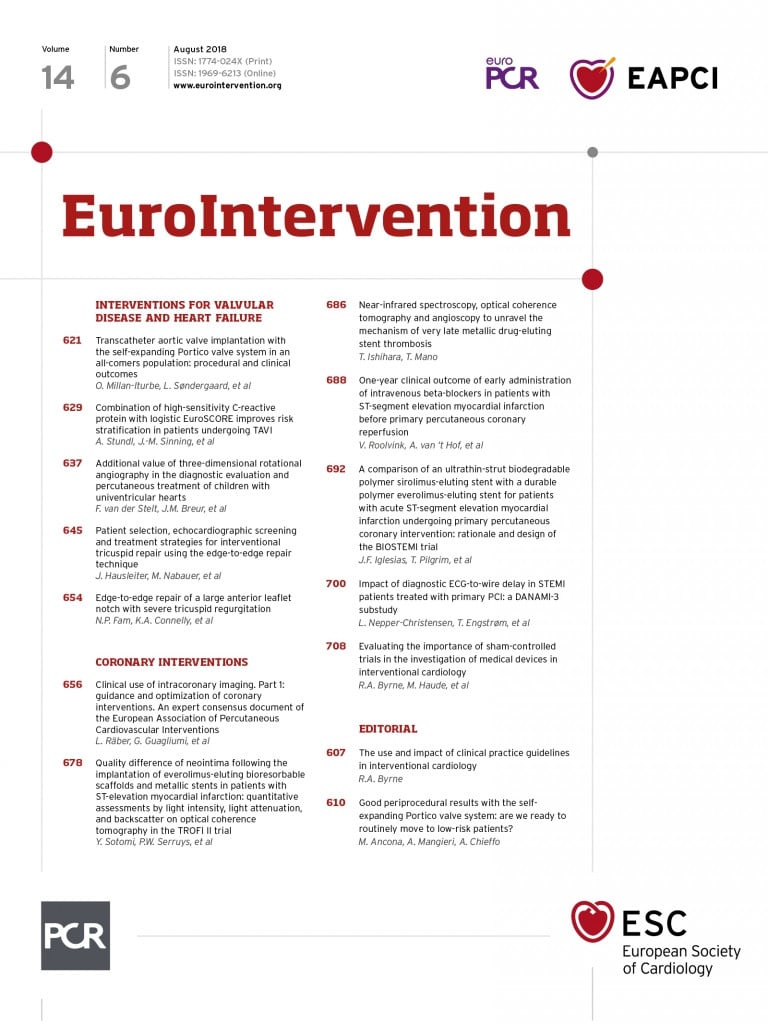
We are grateful for the interest of Deutsch et al in our paper “Bioprosthetic aortic valve leaflet thrombosis detected by multidetector computed tomography is associated with adverse cerebrovascular events: a meta-analysis of observational studies”1.
There remain ongoing concerns regarding the clinical sequelae of developing leaflet thrombosis (LT) following transcatheter aortic valve replacement (TAVR). Observational studies and pooled evidence suggest a significant association between the presence of LT and risk of a cerebrovascular event (CVE)1,2. Furthermore, reduced leaflet motion appeared to have a stronger association with CVE when compared to hypoattenuated leaflet thickening, suggesting CVE might be proportionate to leaflet thrombotic burden. The potential adverse impact of LT on prosthesis longevity is also concerning3, particularly with TAVR being expanded to increasingly younger patient cohorts at lower surgical risk.
Despite these concerns, our knowledge surrounding the pathophysiology of LT following TAVR remains limited. Currently, the development of LT is thought to be multifactorial including, but not limited to, altered fluid haemodynamics, prothrombotic factors and leaflet micro-damage. Prosthesis design may also play a role in the development of LT, with previous evidence demonstrating higher incidence of LT in intra- or sub-annular valves4 and specific valve types5. Paravalvular leak (PVL) has been strongly associated with mortality post TAVR6, and it is possible that there may be a relationship between PVL and risk of LT. PVL leads to higher shear stresses around the prosthesis from regurgitant flow, promoting platelet and coagulation cascade activation7. Malexpanded prostheses may also cause significant PVL8, leading to substantial leaflet stress and micro-filamentous damage9, exacerbating platelet activation10,11. Even so, PVL could be a confounding factor rather than the primary mechanism for LT. Residual PVL immediately post deployment leads to aggressive post-dilatation, precipitating disruption of leaflet material and exposing the thrombogenic collagen fibres12. Moreover, PVL is more likely to occur in heavily calcified annuli13, which is believed to be a prothrombotic environment with low levels of activated factor XI, tissue factor and thrombin generation14,15. Regardless of these considerations, minimising PVL following TAVR remains crucial from a haemodynamic perspective and remains an important marker of procedural success.
Moving forwards, a thorough understanding of the mechanisms that activate the coagulation cascade will be key to understanding the pathophysiology behind LT. Interestingly, a recent study demonstrated that von Willebrand factor levels and closure time with adenosine diphosphate may accurately predict both PVL and mortality post TAVR16, although the study did not specifically assess for the presence of LT. This raises the possibility that the occurrence of LT could be anticipated through periprocedural monitoring of coagulation biomarkers. Alternatively, it is possible that the presence of LT could be safely excluded if the negative predictive value of coagulation markers were found to be high, similar to the role of D-dimer for the exclusion of deep vein thrombosis17. Further prospective trials are now warranted to assess the role of coagulation biomarkers and LT, which will hopefully provide useful screening tools as well as insight into the pathophysiology of this concerning condition.
Funding
A. Brown is supported by a School of Clinical Sciences at Monash Health, Monash University Early Career Practitioner Fellowship award.
Conflict of interest statement
The authors have no conflicts of interest to declare.

